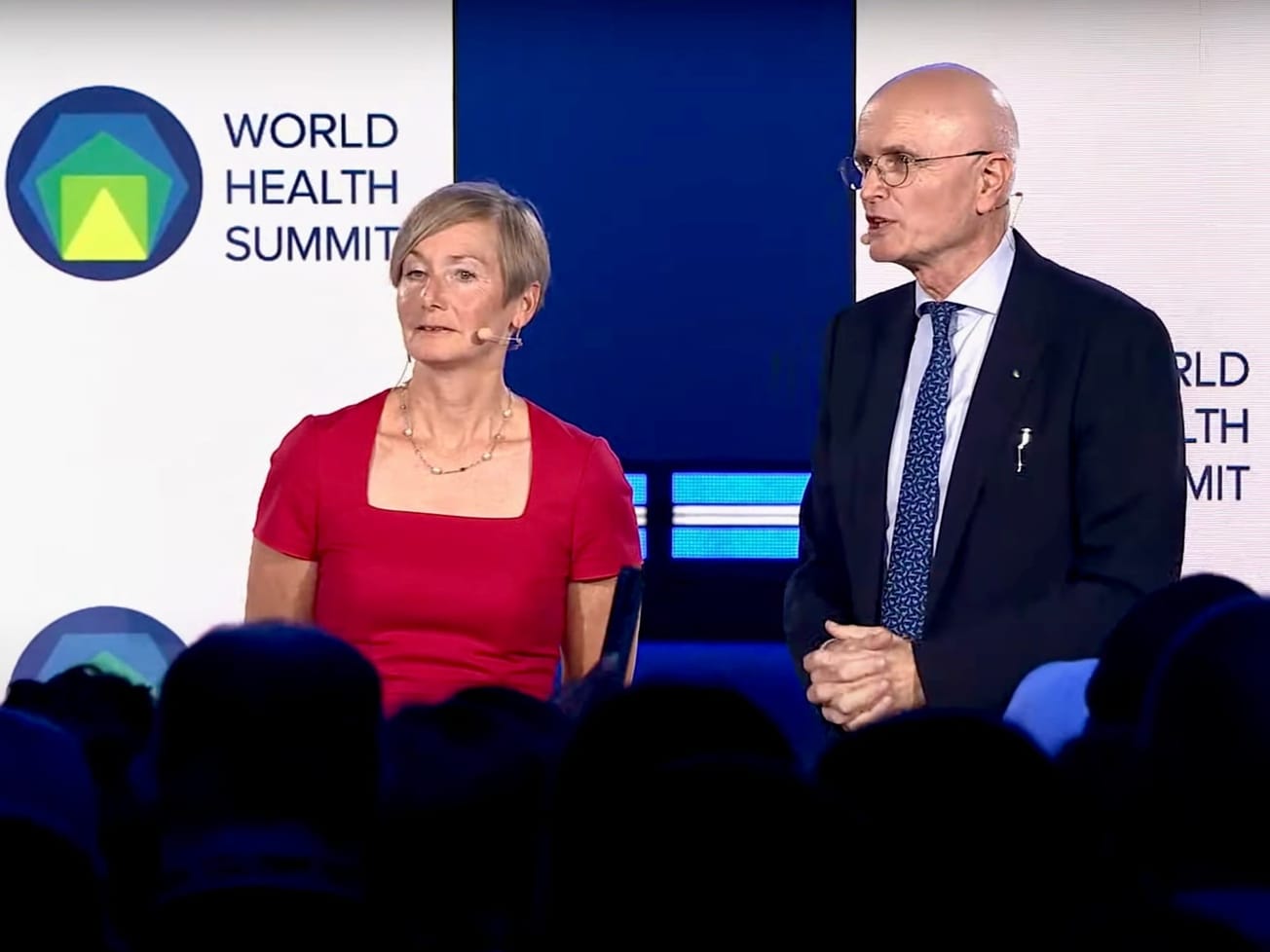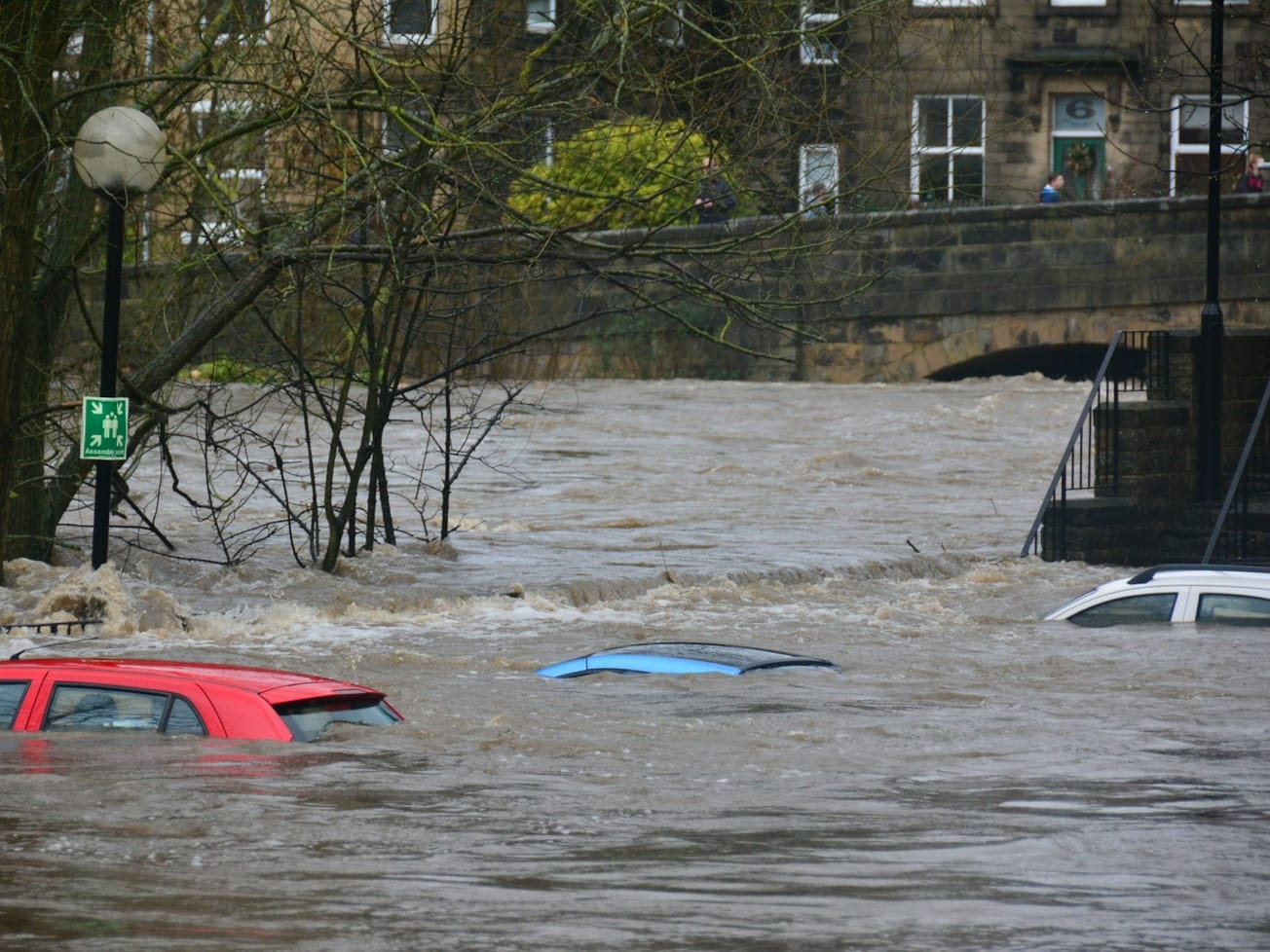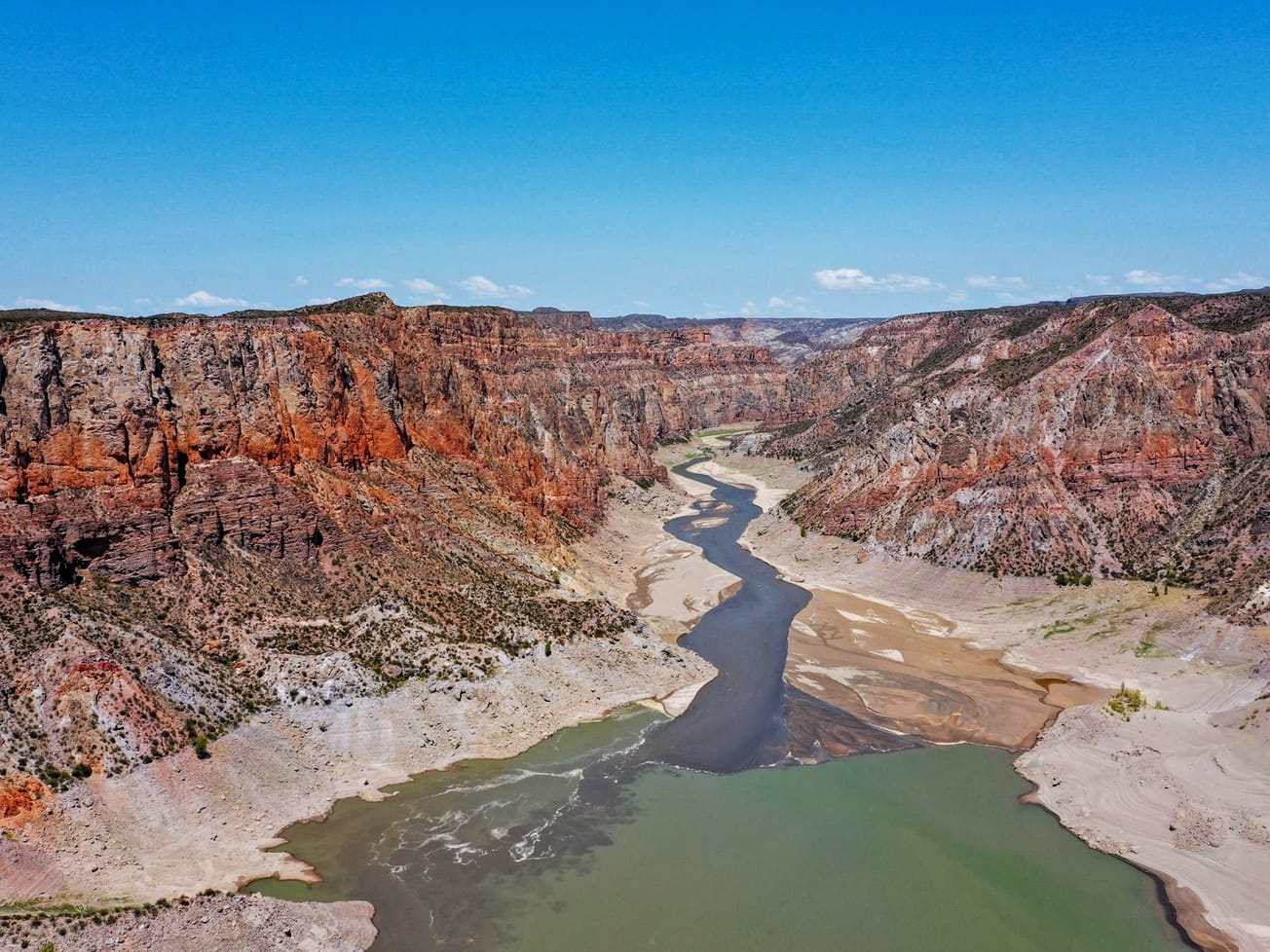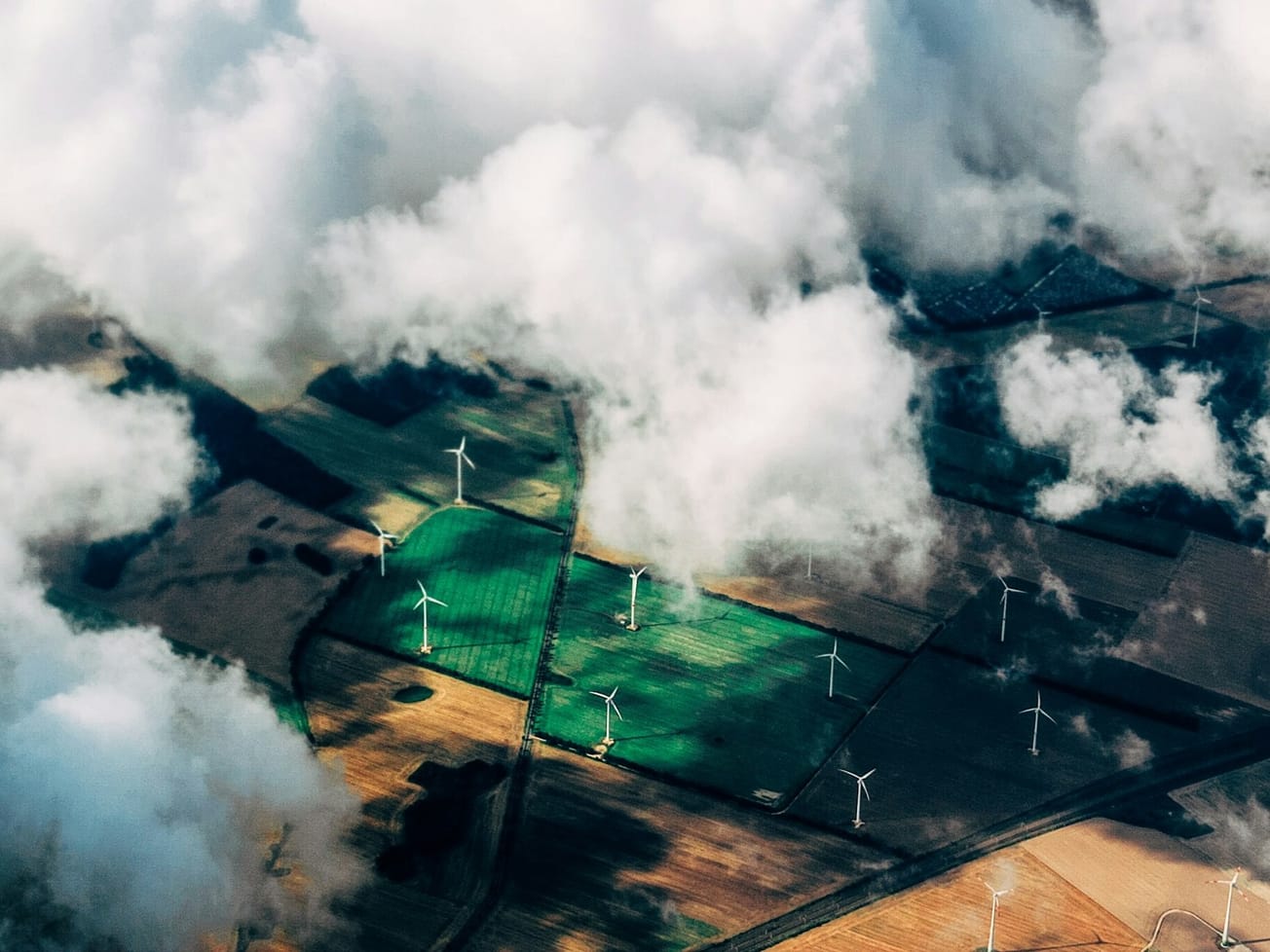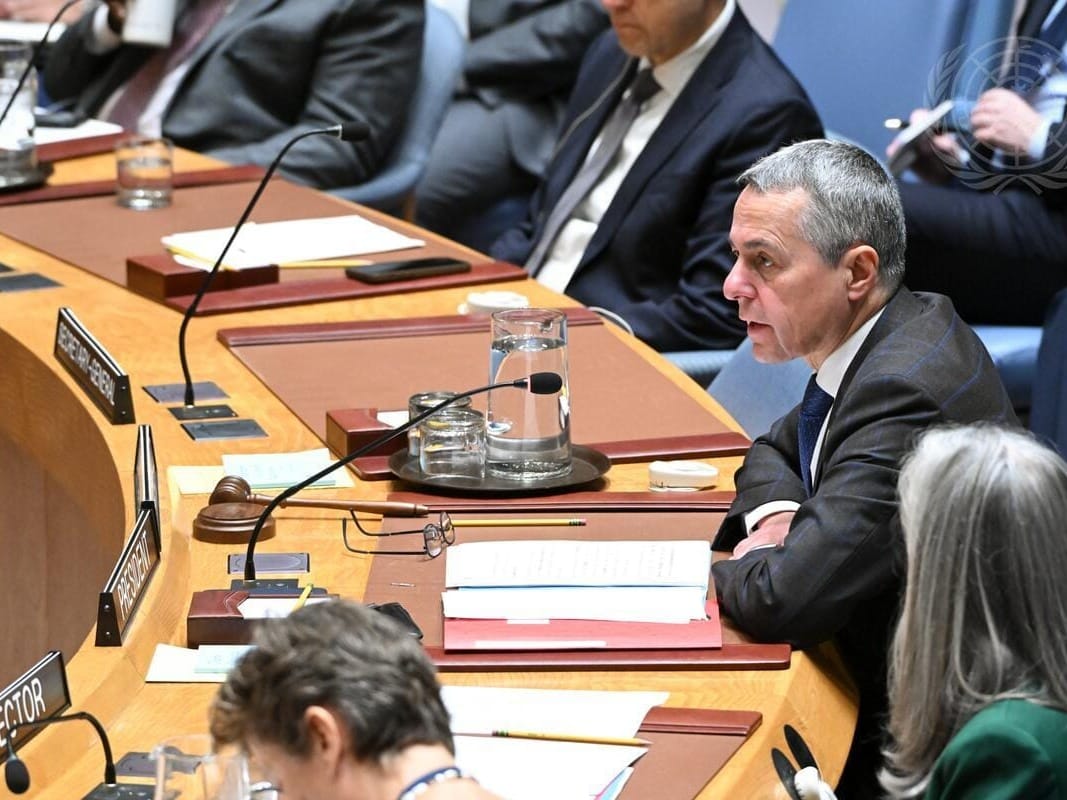GENEVA (AN) — The ozone layer is on track to recover within four decades, the U.N. environment and weather agencies reported, saying the global phaseout of ozone-depleting chemicals is helping to fight climate change.
A U.N.-backed panel of experts presented those findings on Monday to the American Meteorological Society’s annual meeting, the U.N. Environment Program and World Meteorological Organization said.
The U.N.-backed Scientific Assessment Panel to the Montreal Protocol on Ozone Depleting Substances publishes its assessment report once every four years.
The two U.N. agencies noted the report confirms the phaseout of almost 99% of banned ozone-depleting substances under the U.N.-administered ozone treaty is aiding the recovery of the ozone layer in the upper stratosphere and less human exposure to harmful ultraviolet sun rays.
Good news from #AMS2023: The ozone layer is on track to recover within four decades.
— World Meteorological Organization (@WMO) January 9, 2023
Press release ➡️ https://t.co/htPbNDJ9VU
Executive summary ➡️ https://t.co/yO6o2dVOd3
Partners 🤝🏽 @UNEP, @NOAA, @NASA, @EU_Commission pic.twitter.com/03FY2TQHPo
'Fantastic news'
A 2016 Kigali Amendment to the Montreal Protocol also required phasing down the production and consumption of some hydrofluorocarbons, or HFCs, which are powerful atmospheric warming gases.
“That ozone recovery is on track according to the latest quadrennial report is fantastic news," said Meg Seki, executive secretary of the U.N. Environment Program’s Ozone Secretariat. "The impact the Montreal Protocol has had on climate change mitigation cannot be overstressed. Over the last 35 years, the Protocol has become a true champion for the environment."
If the policies and trends continue the ozone layer is expected to recover to 1980 values – before the appearance of the ozone hole – by around 2066 over the Antarctic, and by 2045 over the Arctic and 2040 for the rest of the world.
But the variations in the size of the Antarctic ozone hole, particularly between 2019 and 2021, depend largely on weather conditions.


